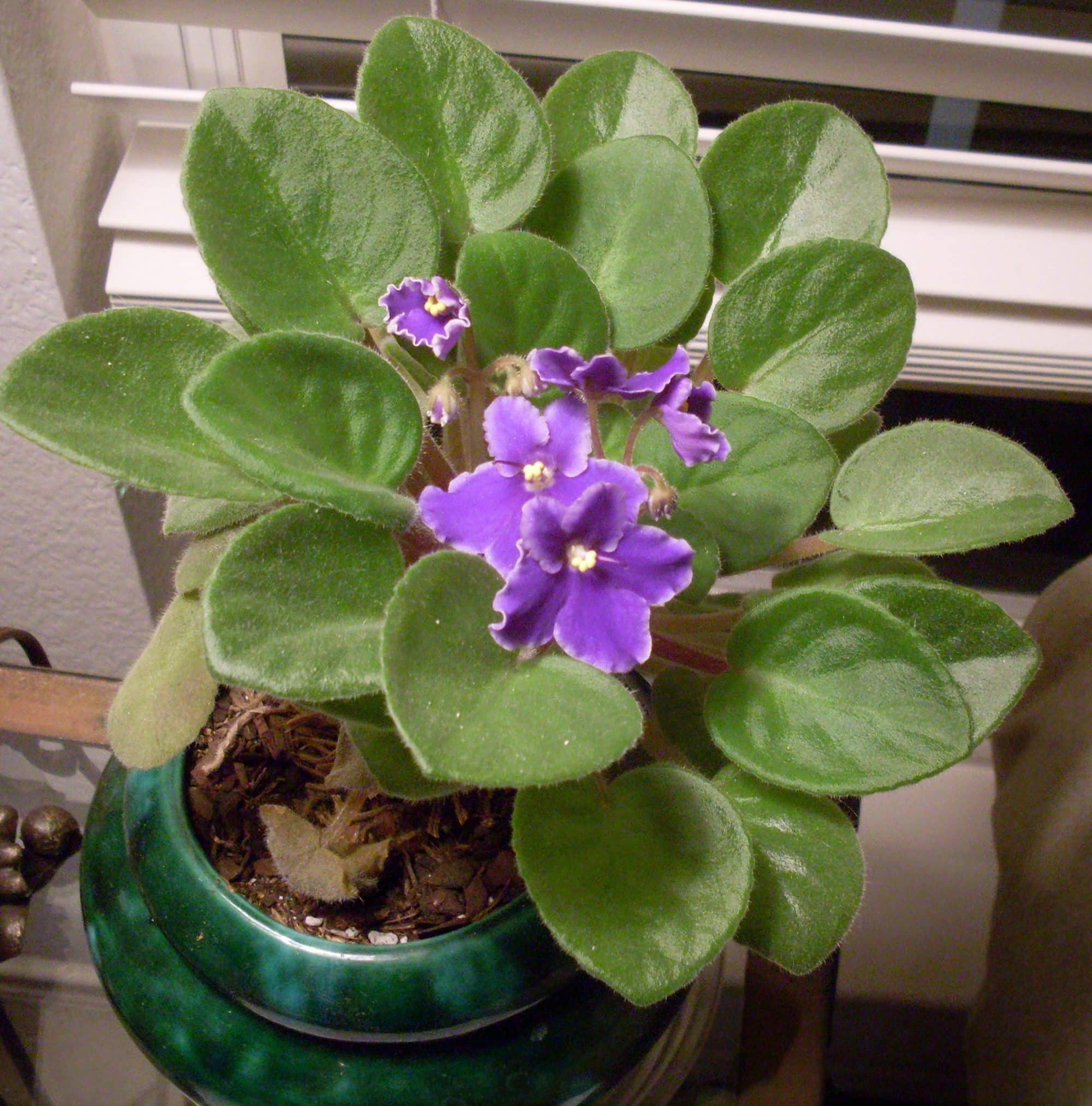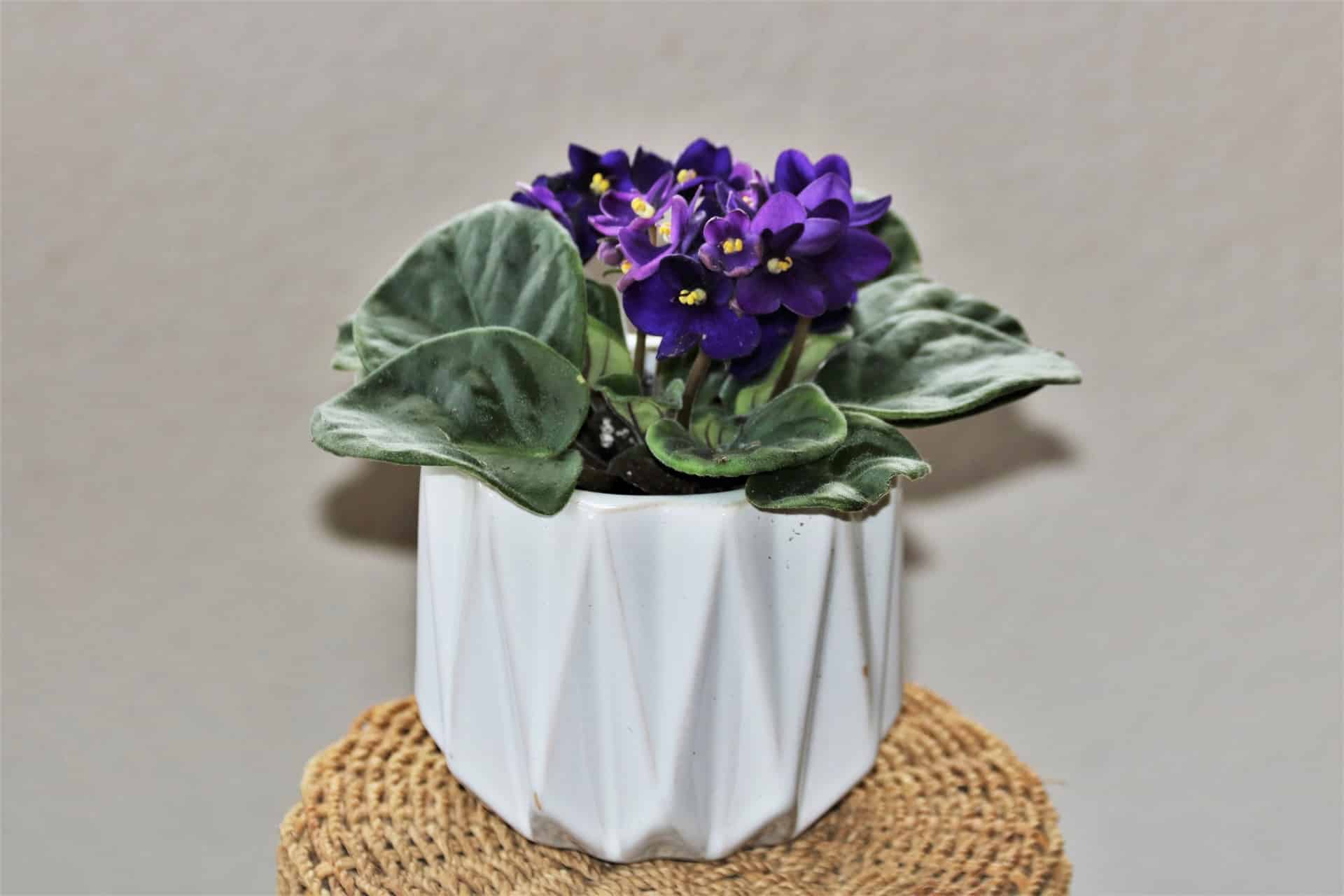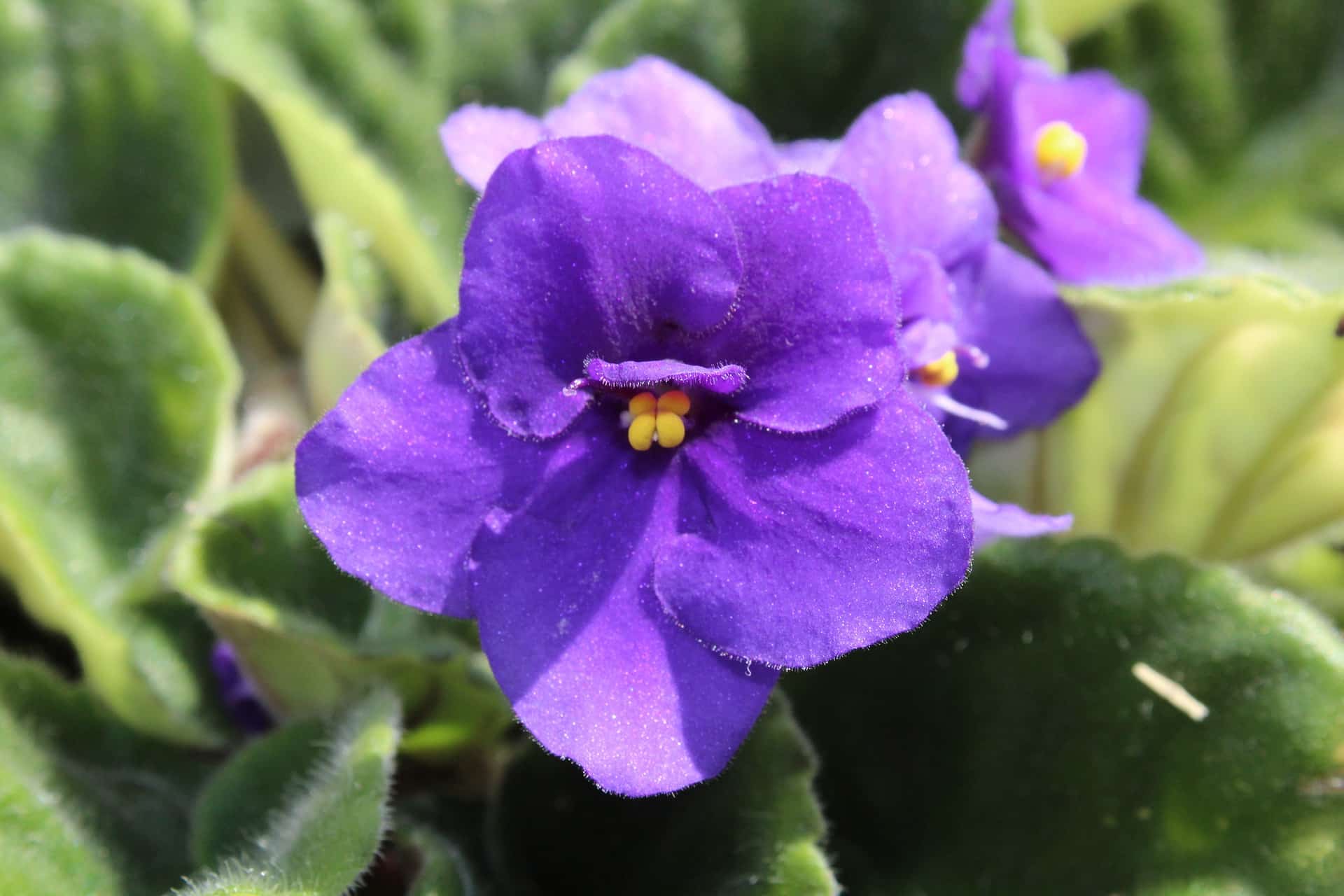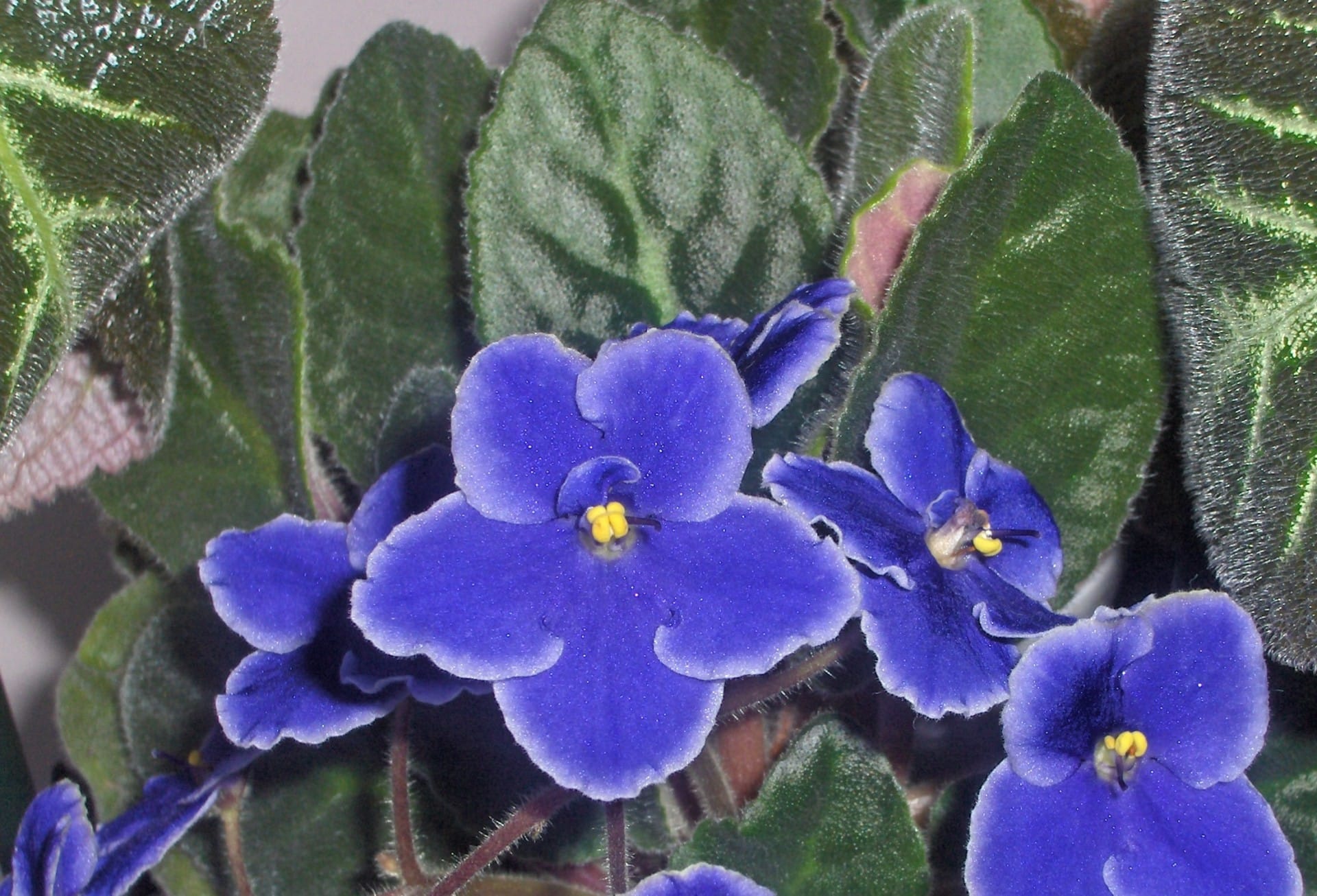Thinking of a new hobby? Why not start with gardening? It may sound too intimidating, but you can always start with an easier plant like African violets. Learning how to get African violets to bloom is made easy with these useful tips.
But how often do African violets bloom? The good news is that they can bloom almost year-round. This makes growing them really worthwhile since you will see the fruits of your labor each year. Ready to get started? Here are some tips on how to grow African violets.

How to get African violets to bloom? Keep your soil moist
First, you have to learn how to water African violets. These flowers need to be watered whenever the soil on the surface feels dry to the touch. Be sure to use warm water when you do this to mimic the humid conditions that these plants usually grow in. If where you live is unusually dry, try to group your flowers together on a large tray of pebbles with water to create a kind of microclimate.
Use real potting soil
Rather than using just any old dirt from outside, find a premixed soil for African violets. These are better formulated for growing these delicate flowers. Though the brand can vary, be sure to get one that allows air circulation—you can even add your own peat moss to make it lighter.
Make sure it gets enough sunlight
Although African violets shouldn’t be left in direct sunlight as they will burn, they do want bright and indirect sun throughout the day. Putting your violets by a south or east-facing window works for most of the year, but your violets need more sunlight in the winter.
Also consider using a heat lamp when it gets particularly cold, and try to keep your flowers in a relatively cool climate between 55 and 75 degrees. Or, try using African violet grow lights.
Pinch off any old, dying flowers
Although African violets will keep blooming throughout the year, be sure to use your fingers to peel off the old, dying parts of the plant to make room for new flowers. By doing this, the plant knows not to expend energy on dying tissue and to focus only on new growth.
Re-pot the plants from time to time
Another important step is to swap out your plants from time to time because the roots will gradually drain the store of nutrients. Switching the pot once or twice a year should do the trick.
Prune away any “suckers” or new stems
Like the advice about old blooms, be sure to prune back any new growth branches or “suckers” on the main stem of your violets. If left unchecked, violets will continue to spread outward and grow in odd directions, creating an unpleasant appearance or draining the plant of too much energy.
Use fertilizer
To help boost its growth, use a low-nitrogen and high-phosphorus African violet fertilizer. Many products that are specifically formulated to serve the needs of violets. For best results, use 1/4 to 1/8th of a teaspoon of fertilizer per gallon of water you use (and avoid “super bloom” fertilizers).
Takeaway
These tips on how to get African violets to bloom would surely give you a good start at loving gardening. Once you get the hang of it, you’ll find yourself wanting a more challenging plant to grow.
Source: DIY Everywhere, WikiHow



